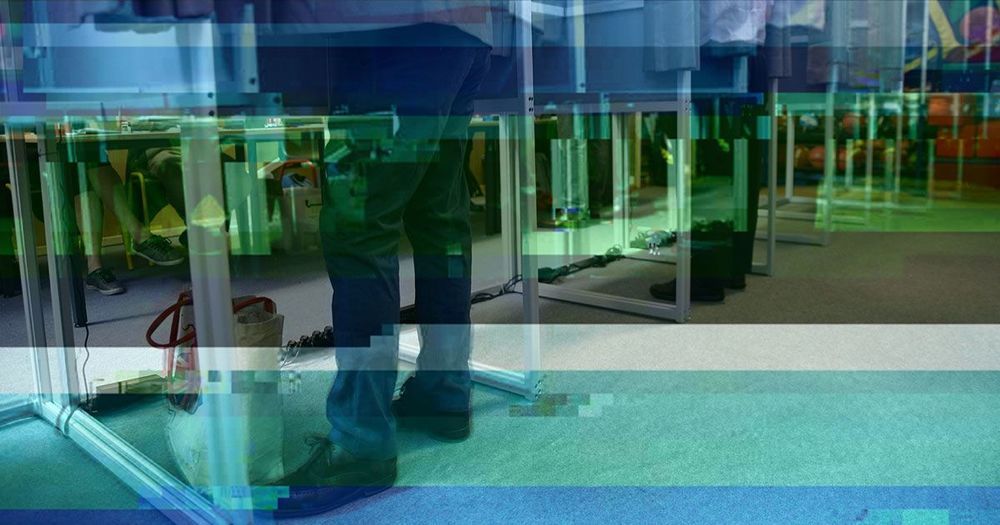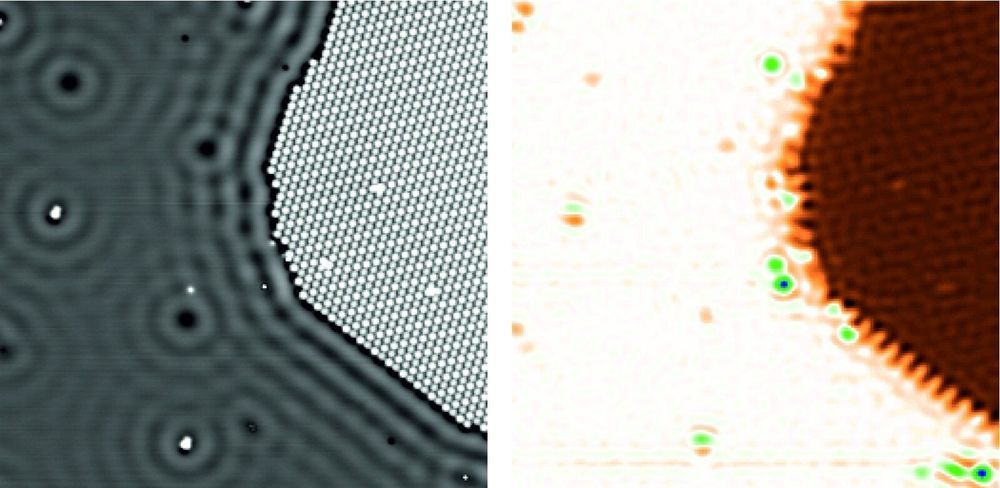This was first presented at the June 2017 TechVancouver.
In this presentation, Geordie discusses the transition that will soon take place with regards to advancements in artificial intelligence.
What do you think of what Geordie had to say? Tell us by leaving a comment.
For videos of more presentations, visit: https://www.youtube.com/c/TechVancouverOrg
Follow us on social media channels to see these presentations live:
Twitter: https://twitter.com/techvancouver
Facebook: https://www.facebook.com/techvancouver
Instagram: https://www.instagram.com/techvancouver
TechVancouver.org helps Vancouver technologists expand their knowledge and network in the community. Every month we bring together a set of highly curated leaders & innovators to share their expertise & experiences through 5 minute presentations.





